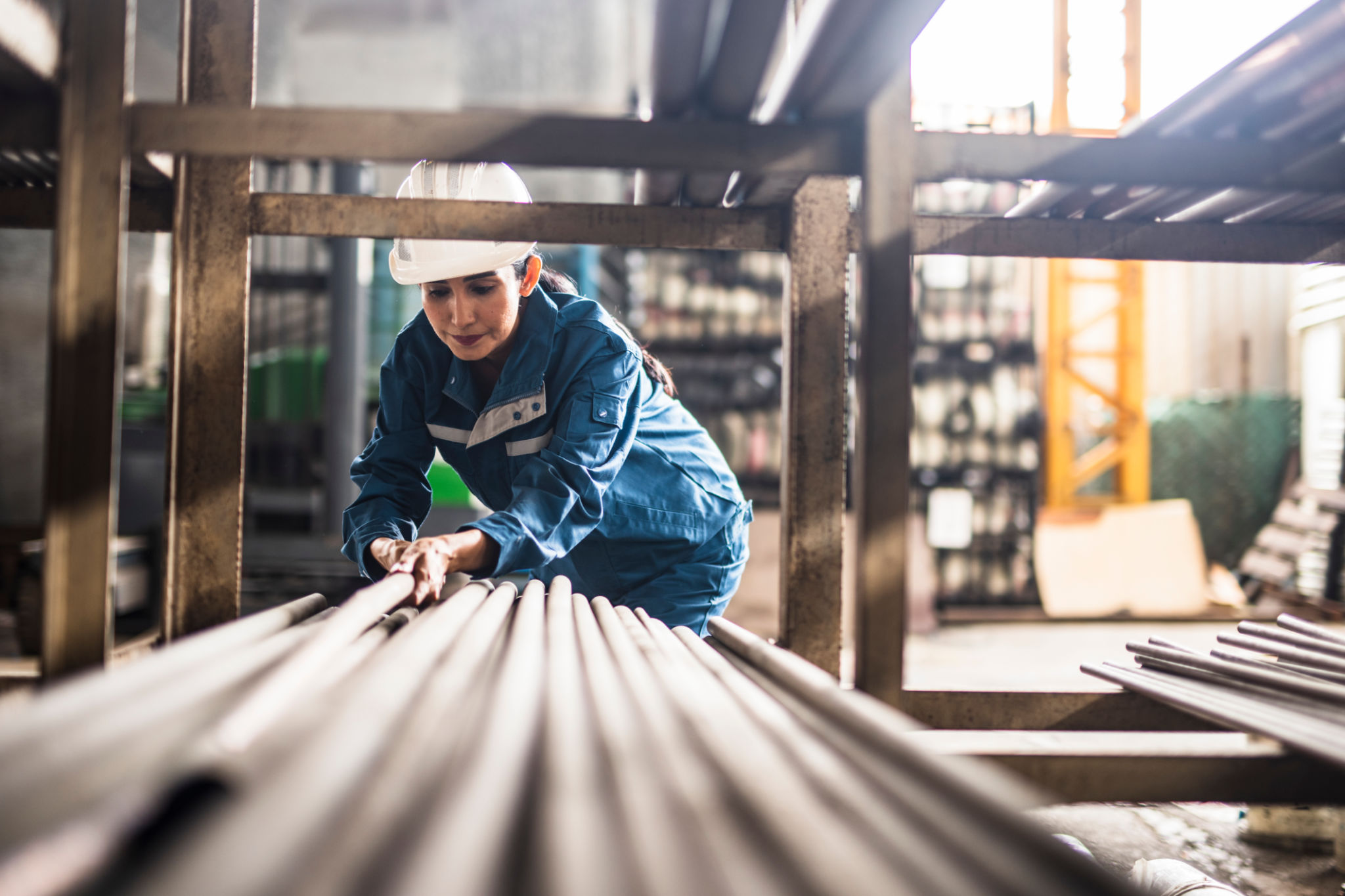Understanding the Process: Custom Metal Fabrication Explained
Introduction to Custom Metal Fabrication
Custom metal fabrication is a fascinating process that involves transforming raw metal materials into precise structures and components tailored to specific needs. This intricate process is fundamental to many industries, including construction, automotive, and aerospace. Understanding how custom metal fabrication works can provide insights into the complexities and capabilities of modern manufacturing.
At its core, custom metal fabrication involves cutting, bending, and assembling metal to create a finished product. Whether it's a small bracket or a large structural frame, the process requires a combination of skilled craftsmanship, advanced machinery, and detailed planning.

The Initial Design Phase
The first step in custom metal fabrication is the design phase. This stage is crucial, as it lays the groundwork for the entire project. Engineers and designers collaborate to create detailed plans and blueprints, often using sophisticated CAD software to ensure precision. The design phase considers various factors such as material selection, dimensions, and any unique requirements the client might have.
Proper planning and design help in minimizing waste and optimizing the manufacturing process. Once the design is finalized, it moves on to the production phase, where the real magic happens.
Cutting and Shaping the Metal
One of the most essential steps in custom metal fabrication is cutting the metal to the desired size and shape. This can be achieved through various methods, including laser cutting, plasma cutting, and water jet cutting. Each technique has its advantages, depending on the type of metal and the precision required.
After cutting, the metal pieces are shaped using techniques such as bending and rolling. This is where the expertise of skilled craftsmen comes into play, as they manipulate the metal to fit the exact specifications of the design.

Assembly and Finishing Touches
Once the metal parts are cut and shaped, they are assembled to form the final product. This stage may involve welding, fastening, or other joining methods. Welding is a common technique in metal fabrication, providing strong and durable connections between metal components.
After assembly, the product undergoes finishing processes to enhance its appearance and durability. This can include painting, coating, or polishing, depending on the intended use of the product. Finishing not only improves aesthetics but also provides protection against corrosion and wear.

Quality Control and Testing
Quality control is a critical aspect of custom metal fabrication. Throughout the process, rigorous inspections are conducted to ensure that the product meets the required standards and specifications. This includes checking dimensions, strength, and overall quality of the workmanship.
Additionally, some projects may require testing to verify functionality and safety. For example, load-bearing structures might undergo stress testing to ensure they can withstand the required forces.
Applications and Benefits of Custom Metal Fabrication
Custom metal fabrication offers numerous benefits, making it a preferred choice for many industries. It allows for the creation of unique and complex designs that would be challenging to achieve with standard manufacturing processes. This flexibility enables businesses to innovate and produce specialized products tailored to their needs.
Moreover, custom metal fabrication can lead to cost savings in the long run. By designing and manufacturing components specifically for their intended application, businesses can enhance efficiency and reduce material waste.

Conclusion
Understanding the process of custom metal fabrication reveals the skill and precision involved in transforming raw materials into functional and aesthetic products. From the initial design to the final quality checks, each step is crucial in ensuring the success of the project. As industries continue to evolve, custom metal fabrication remains a vital component in driving innovation and meeting the ever-changing demands of the market.